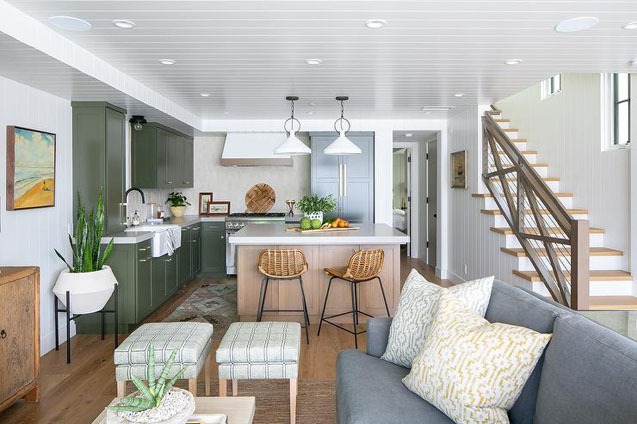Painting any space is an undertaking, but painting an open concept floor plan is a high-stakes game that takes skill and preparation.
Choosing the wrong color palette means there is no escape — you’re confronted by your mistake whether you’re prepping food in the kitchen, entertaining in the dining room or relaxing in the living room. Using too many colors can make a space choppy and cluttered feeling; using too few can come off as flat and uninteresting.
And then there is delineating the different areas, or zones, in the room. Since open concept floor plans offer few to no architectural transitions between, say, the living and dining rooms, it’s often difficult to know exactly where the paint should begin and end.
Often, my clients who undertake painting an open concept floor plan end up with hard-to-paint edges that draw the eye toward every wobble and mistake.
I’ve lived in and painted several open concept floor plans. Over the years I’ve had success with using tricks that fool the eye and overcome those hard edges that crop up when painting open plan rooms. Now I’d like to share them with you.
The benefits of an open concept floor plan make it well worth your while to learn how to paint and style them with confidence, so let’s get to it.
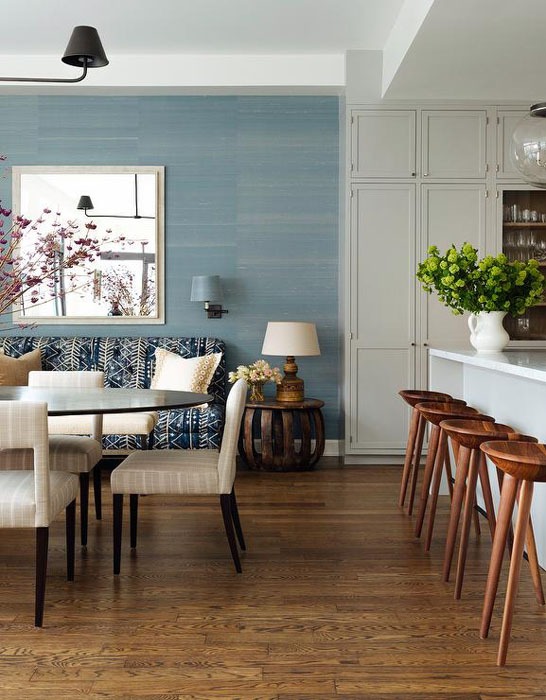
Photo courtesy McGrath 2
#1 Accent walls in open floor plans should start and end near existing architecture.
Use any or all architectural elements as opportunities to introduce a paint transition. Common spots include cabinetry, built-ins, fireplaces and windows. Alcoves are also natural places to add a different color mood.
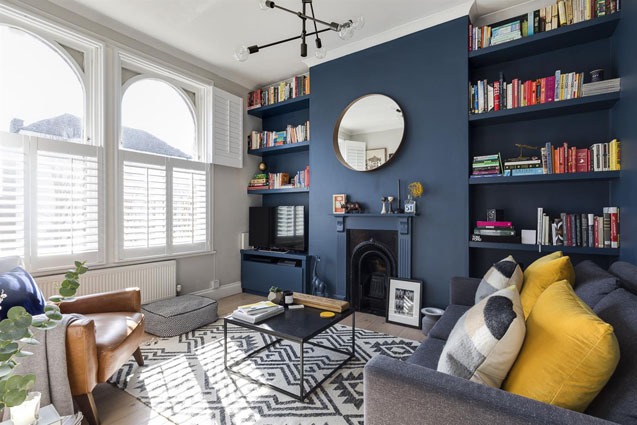
Photo courtesy Farrow and Ball
#2 If there is no existing architecture near an open floor plan accent wall, add some.
Bookshelves added around the fireplace in the image above distract onlookers from the high-contrast paint transition in the corner. The same technique would work on a flat wall, too. Either align the shelves with the paint edge or float the shelves over the paint transition and conceal it with books and mementos.
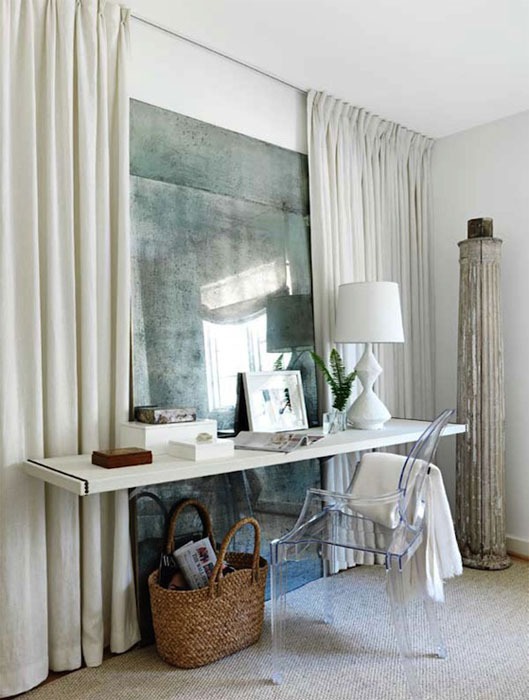
Photo courtesy Lindsey Meadows
#3 Create zones in an open floor plan with curtains or draperies.
I love carving out a cozy workstation or vanity area with drapery. You can frame painted walls, gallery walls, mirrored walls, murals, collected objects — anything you can imagine. Framing your “pop of color” in this manner helps to break up a large space. It can even provide a focal point for the room.
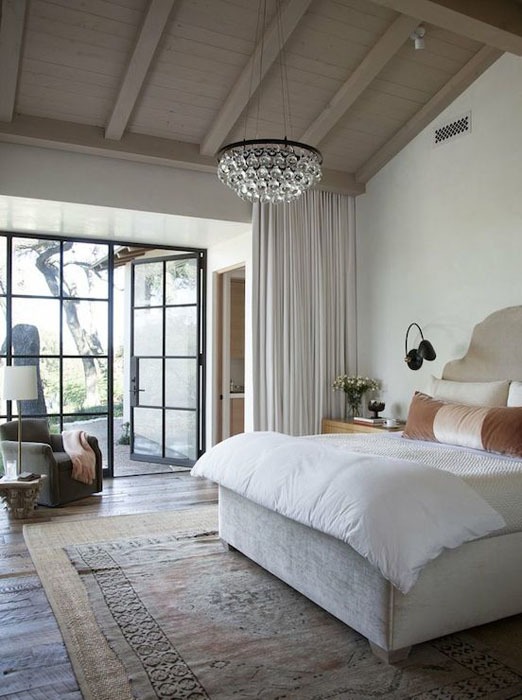
Photo courtesy Ryan Street and Associates
#4 Soften room transitions in an open floor plan with curtains or draperies.
Transitions between rooms can be tough. By far the most attractive (and easiest) way to conceal these edges is with curtains or drapes. They can be functional and completely cover the door area when drawn, or merely decorative.
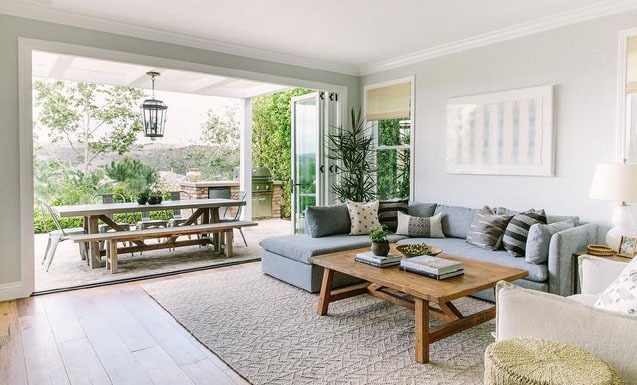
Photo courtesy Rita Chan Interiors
#5 Use everyday objects to draw attention away from paint lines in open floor plans.
If all else fails, smooth out the edges of your open floor plan by slyly positioning décor items like full-length mirrors, tall houseplants, lamps, bookshelves or cabinets, and artwork in front of the offending paint line. Even if the contrasting paint colors aren’t completely hidden, placing an object in front of something you don’t want to see will minimize its presence.
With these methods in your arsenal, painting an open concept floor plan should be a cinch. If you have any questions along the way, contact us and we’ll bring our showroom to you.
See you next time,
Lana

